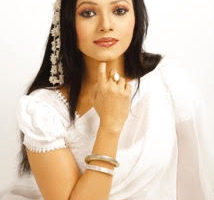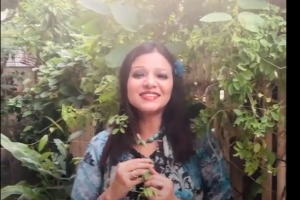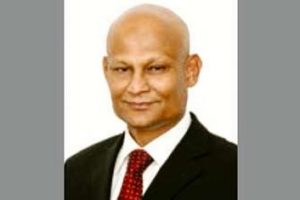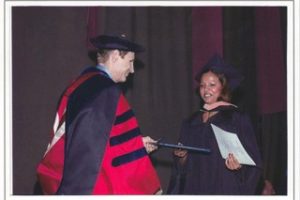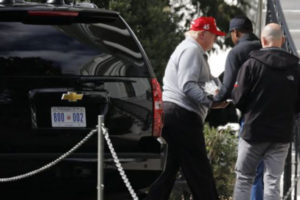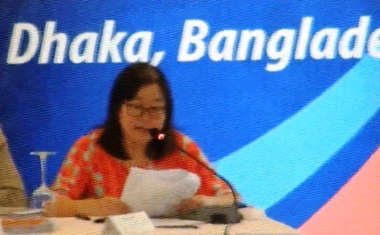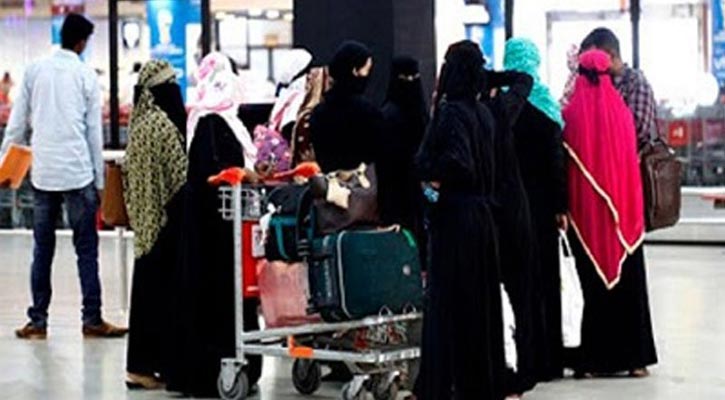Curfews have been ordered in cities across the US to try to stem unrest sparked by the death of a black man in police custody.
Largely peaceful protests later turned violent in many areas, with cars and buildings set alight and riot police using tear gas and rubber bullets.
President Donald Trump urged “healing” over the death of George Floyd but said he could not allow mobs to dominate.
An ex-policeman has been charged with murdering Mr Floyd, 46, in Minneapolis.
Derek Chauvin, 44 and white, is due to appear in court on Monday.
In video footage, Mr Chauvin can be seen kneeling on Mr Floyd’s neck for several minutes on Monday. Mr Floyd repeatedly says that he is unable to breathe.
Three other officers present at the time have also since been sacked.
The Floyd case has reignited US anger over police killings of black Americans. It follows the high-profile cases of Michael Brown in Ferguson, Eric Garner in New York and others that have driven the Black Lives Matter movement.
But for many it also reflects years of frustration over socioeconomic inequality and segregation, not least in Minneapolis itself.
What’s the latest on the protests?
Large demonstrations have taken place in at least 30 cities across the US.
One of the cities worst affected by unrest is Los Angeles. California Governor Gavin Newsom declared a state of emergency in the city and activated the National Guard – the reserve military force that can be called on by the US president or state governors to intervene in domestic emergencies.
The entire city is under a 20:00 to 05:30 curfew. Numerous shops have been looted, including on the famous retail avenues, Melrose and Fairfax, while overhead footage showed fires burning. Earlier police fired rubber bullets and hit protesters with batons.
Mayor Eric Garcetti said this was “the heaviest moment I’ve experienced” since the riots in 1992 that were sparked by the acquittal of police over the beating of Rodney King.
Source: BBC





